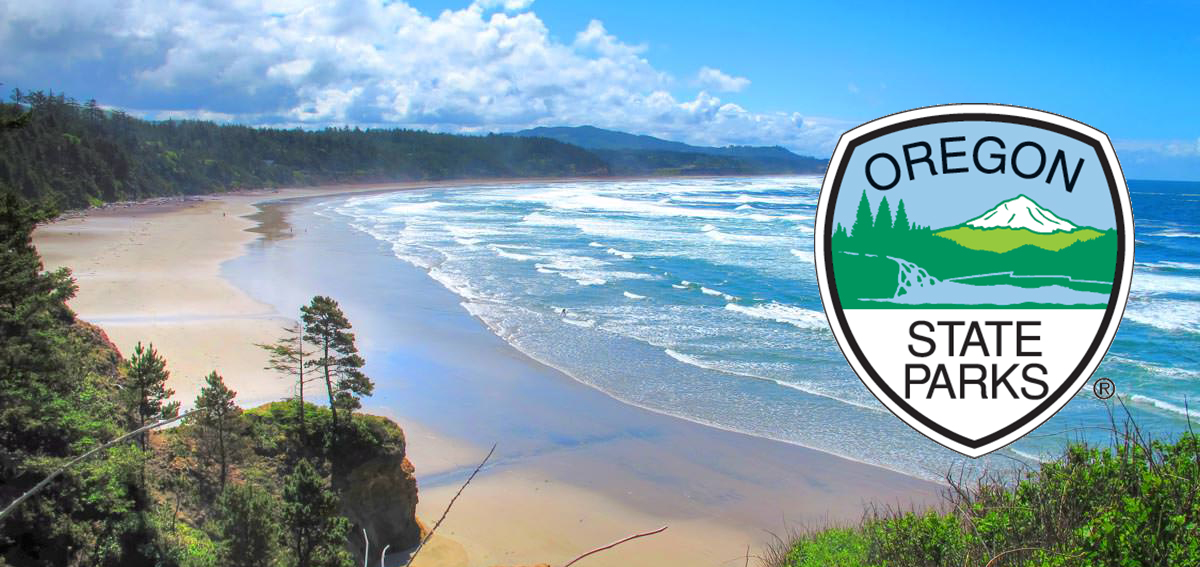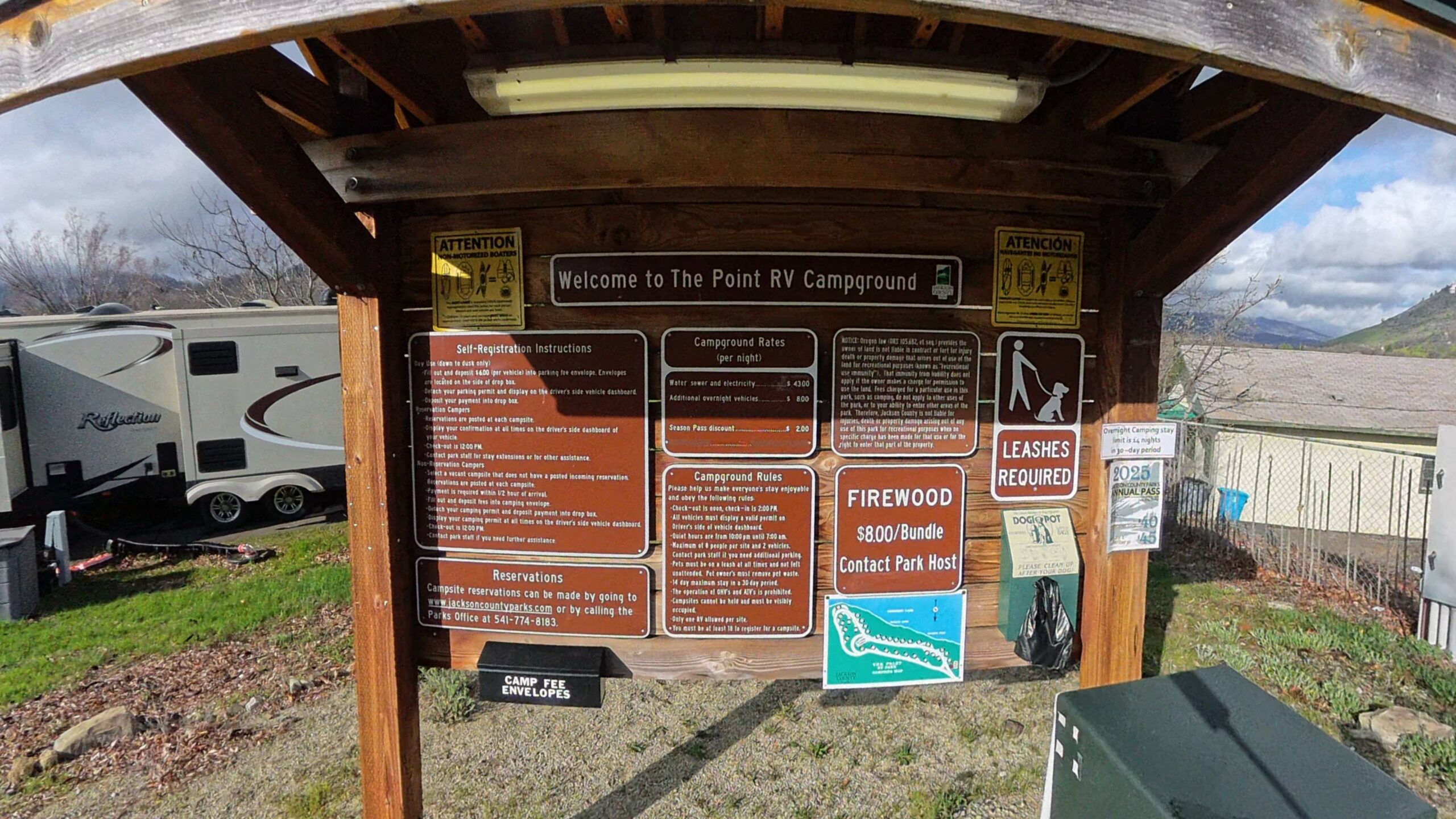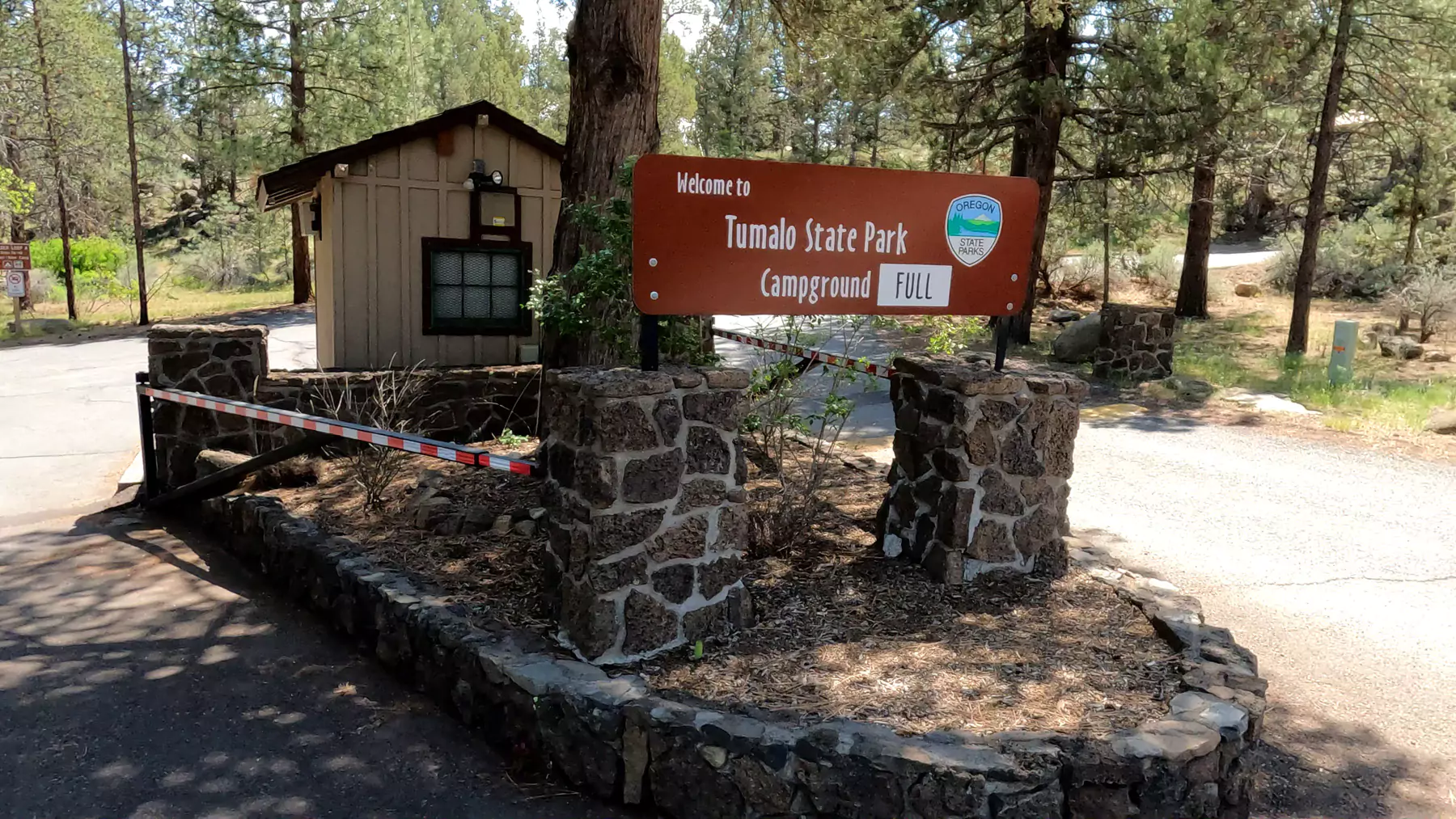You’ve probably heard the buzz: beginning October 1, 2025, Oregon State Parks will expand parking fees to 21 more day-use parks across the state. If you’re planning a day trip, family outing or quick picnic at one of these spots, you’ll want to read on. In this post I’ll break down what’s changing, why it matters, and how to stay ahead of the curve – Muddy Camper style.
What’s Changing on October 1, 2025
- 21 additional day-use parks will require a parking permit.
- In-state visitors pay $10 per vehicle; out-of-state visitors pay $12.
- Existing exemptions still apply if you walk, bike, use public transit, hold a valid camping hangtag, or purchase an annual/24-month permit.
Right now only 25 parks charge for day-use parking; this update bumps that number to 46. If you’ve enjoyed free parking at the likes of Beverly Beach, Harris Beach or South Beach State Park, that era ends next fall.
Why the Price Increase?
Oregon State Parks faces a nearly 14% budget shortfall by the 2027–2029 biennium. Rising maintenance costs, record visitation (over 56 million visits in 2024), and a drop in lottery funding have squeezed the system. Parking fees haven’t expanded in decades, and without adjustments there’s a real risk of deferred trail work, aging restrooms, and scaled-back services.
This fee update is one piece of a larger plan to shore up park finances, alongside internal efficiency improvements, revamped procurement rules, and new public-private partnerships. Think concessions, e-bike rentals, glamping experiences – and yes, even the occasional food truck.
Which Parks Are Affected
Here’s a region-by-region look at the 21 day-use sites adding parking fees:
Coastal Parks
- Beverly Beach State Park
- Bullards Beach State Park
- Face Rock State Park
- Sunset Bay State Park
- Harris Beach State Recreation Site
Northern and Columbia Gorge
- Crown Point State Scenic Corridor
- Oswald West State Park
- Tolovana Beach State Recreation Site
- Fort Stevens State Park
Central and Eastern Oregon
- Cline Falls State Scenic Viewpoint (Central Oregon)
- La Pine State Park (Central Oregon)
- Prineville Reservoir State Park (Central Oregon)
- Hat Rock State Park
- Valley of the Rogue State Recreation Area
Others
- Dexter State Recreation Site
- Farewell Bend State Recreation Area
- Harris Beach State Recreation Site
- Lewis and Clark State Recreation Site
- Lowell State Recreation Site
- Starvation Creek State Park
- South Beach State Park
- Tryon Creek State Natural Area
If your next day-use jaunt is to La Pine or Prineville Reservoir, you’ll now need to factor parking costs into your budget.
Overnight Rates Are Going Up, Too
Starting May 1, 2026, several overnight fees will also rise:
- Busiest 29 campgrounds move to the top of the existing rate range (Friday through Sunday nights): $29 for tents, $52 for full-hookup RVs.
- Cabins and yurts jump to their peak rates year-round ($72 – $129 depending on type).
- Boat moorage increases to $20 per night.
- Overnight parking, overflow, primitive camping at least $15 per night.
If you’ve been eyeing a weekend at Tumalo, Cove Palisades or La Pine campgrounds, plan for a slightly higher tag on check-in day.
How to Pay and Save
- Annual parking permit
- 12-month permit: $30
- 24-month permit: $50
Buying in advance online or at select park offices is the best value if you visit multiple parks.
- Daily permits
- Pay at on-site fee machines or via QR code signs.
- Cash payments accepted at park offices and visitor centers.
- Online daily permit purchasing is under evaluation.
- Exemptions
- Pedestrians, cyclists, public transit riders
- Valid camping hangtags
- Active-duty military on leave, veterans with service-connected disability, foster/guardian families
Frequently Asked Questions
How were parks selected?
OPRD considered visitation data, congestion management needs, regional balance, amenities and operational costs. They aimed to include heavy-use gems like Harris Beach, Oswald West and Valley of the Rogue.
Where does the money go?
Every dollar funnels back into park operations: staff salaries, trail upkeep, paving, restrooms and more. Think of it as a “user fee” to maintain the places we all cherish.
Will this bar access?
OPRD is mindful of equity. Current exemptions and special passes help remove barriers. Additional strategies – like fee waivers or community partnerships – are in the works.
Can I give feedback?
Absolutely. Drop comments and suggestions at the Oregon State Parks contact page or take part in their “Reimagine Oregon State Parks” survey to share your ideas for a resilient park system.
Tips for Muddy Campers
- Buy an annual permit if you hit more than three fee-charging parks a year—it pays for itself.
- Scout no-fee alternatives: over 200 parks still offer free parking. Try lesser-known spots for a quieter experience.
- Plan overnight stays early: lock in a campsite before the new rates kick in, or compare weekday vs. weekend pricing.
- Pack smart: QR codes at park entrances mean you’ll need cell service to pay. Have cash on hand just in case.
- Support the parks: these fees ensure trails stay maintained and facilities stay open for everyone.
Looking Ahead
This isn’t the end of park enhancements – think more rustic cabins, guided activities, and perhaps dynamic pricing on the horizon. For now, mark October 1, 2025, on your calendar, adjust your camping budget, and keep exploring all Oregon has to offer. With a little planning, you can continue to hit the park loop like a pro – permit in hand and a clear conscience, knowing you’re helping sustain these wild places for generations of Muddy Campers to come.







Responses
Maybe if the state took the money they currently pay Illegal Aliens for medical care, and other benefits, and instead app,ied to the parks maintenance, they would not have to gouge legal Oregon residents to enjoy what they already pay taxes for! I live in Bandon, and I am not going to Paybto park at my favorite place, Face Rock, and I doubt that any of us will pay to walk the Circles In The Sand labyrinths that Denny Dyke and his volunteers draw in the sand at Face Rock beach for us to enjoy.